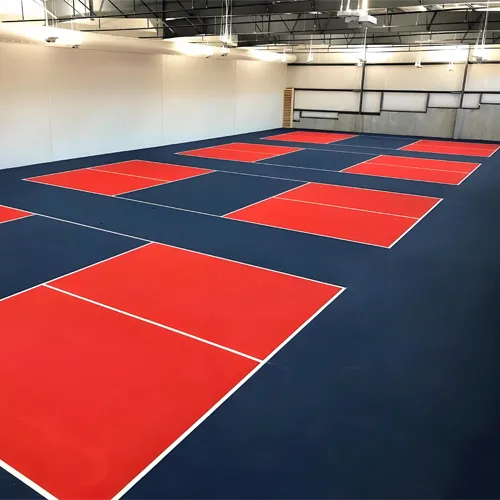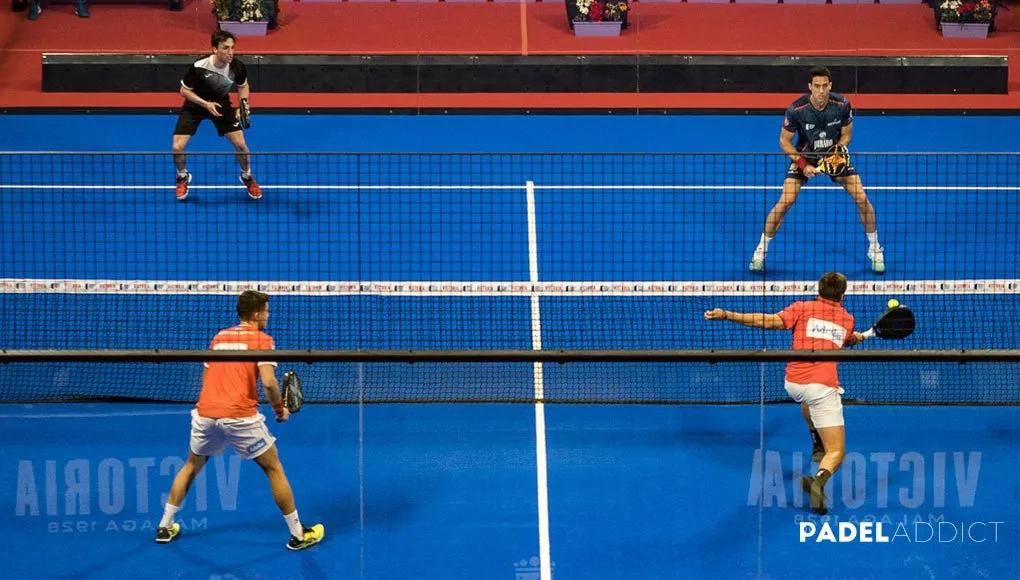Padel courts are rapidly gaining popularity worldwide, transforming from a niche activity into a mainstream sport that combines elements of tennis and squash. This growth is fueled by the court’s unique design and the game's engaging nature, attracting players of all ages and skill levels. As interest surges, understanding the intricacies of padel court construction, maintenance, and the playing experience becomes crucial for facility owners and sports enthusiasts alike.

Constructing a padel court involves several key elements that ensure both player safety and an optimal playing experience. The court itself is typically 20 meters long and 10 meters wide, enclosed by glass or mesh walls that extend up to 4 meters high. The playing surface is crucial, often crafted from artificial grass with sand infill to provide adequate cushioning and grip, minimizing the risk of injury while enhancing ball control. High-quality materials not only contribute to a superior playing experience but also extend the court's lifespan, offering a sustainable solution for high-traffic areas.
Lighting is another critical aspect of a padel court, ensuring playability during evening hours or in indoor environments. Even, glare-free lighting guarantees that players can track the ball at high speeds without strain, enhancing both performance and enjoyment. Contemporary LED lighting solutions are often chosen for their efficiency and long lifespan, reflecting a commitment to both environmental consciousness and cost-effectiveness.

Maintenance is essential for preserving the quality and safety of padel courts. Regularly checking for wear and tear, especially on the surface and fencing, helps in avoiding injuries and maintaining the professional standard of the court. Cleaning the playing surface to remove debris and prevent moss growth ensures consistent ball bounce and player safety.
Proper upkeep not only extends the life of the court but also upholds the standard expected by discerning players.
padel court
From an experiential standpoint, playing on a well-constructed padel court is a delight, providing a socially engaging way to exercise. The sport’s mixed doubles format encourages camaraderie and strategy, making it ideal for both competitive players and families looking to enjoy a fitness-focused pastime. Players appreciate the compact size of the court, which facilitates a fast-paced game while remaining accessible to beginners.
For those looking to install a padel court at a sports facility or residential complex, partnering with experienced professionals is paramount. A knowledgeable team will offer valuable insights into the best materials, installation techniques, and ongoing maintenance strategies. They ensure the court meets international standards, which is essential for hosting tournaments and attracting serious players.
Moreover, investing in a padel court can significantly boost a facility’s appeal, drawing in a new demographic of sports enthusiasts. With its growing popularity, offering padel as an option can elevate a sports center’s profile, showcasing it as modern and versatile. Facilities that innovate and adapt to evolving sports trends position themselves as leaders in the industry.
In conclusion, padel courts offer more than just a place to play; they provide an opportunity to participate in a burgeoning sport that is as strategic as it is physical. Understanding the foundation of a well-constructed court, investing in quality materials, and maintaining it diligently are essential steps in delivering an unparalleled experience. As the sport continues to capture the attention of athletes globally, well-executed padel courts stand at the forefront, ready to usher in the next wave of dynamic sporting excellence.



